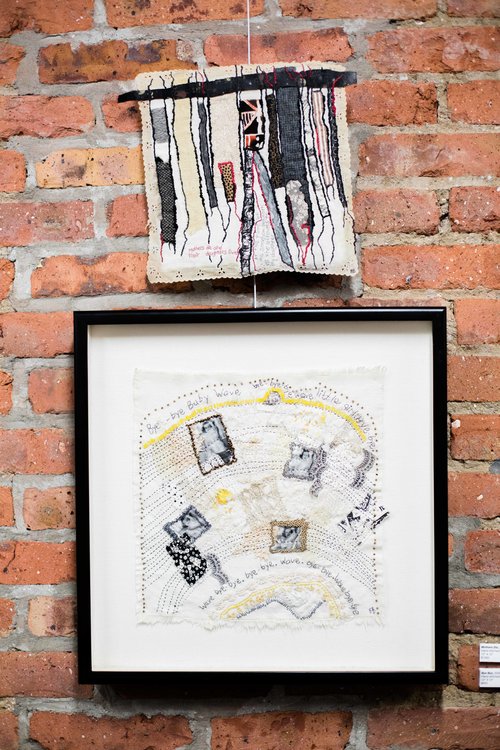April 12, 2017 - June 29, 2017
We are subject to inevitable pain in life, both physical and emotional. It is often the intangible wounds that cut us to the core: words spoken in haste, disappointments and defeats, and love not reciprocated can all feed into pain that runs deep and runs long. As the familiar adage reminds us, “Time heals all wounds,” but the healing process does not diminish the reality of those hurts and even the anguish that frequently accompanies the healing. Through challenging trials and the slow progression of recovery, however, we can learn, flourish and find that while pain is an inescapable reality of human existence, so is resilience. As the Church celebrates the season of Easter, the remembrance of Christ’s death and resurrection also encourages us to consider our wounds in light of his, and the sacrificial love and ultimate healing that his pierced and resurrected body presents.
In “Wish for Wholeness” Beth Barron collects discarded bandages and other personal remnants to create a visual metaphor of the wounded yet resilient human spirit. The labor-intensive technique of hand-stitching that Barron practices becomes a spiritual exercise for the artist that allows time for personal reflection, contemplation, and eventual renewal. Barron’s finished works, a physical transformation from scraps into a whole, challenge us to consider our own suffering, brokenness and desire for healing.


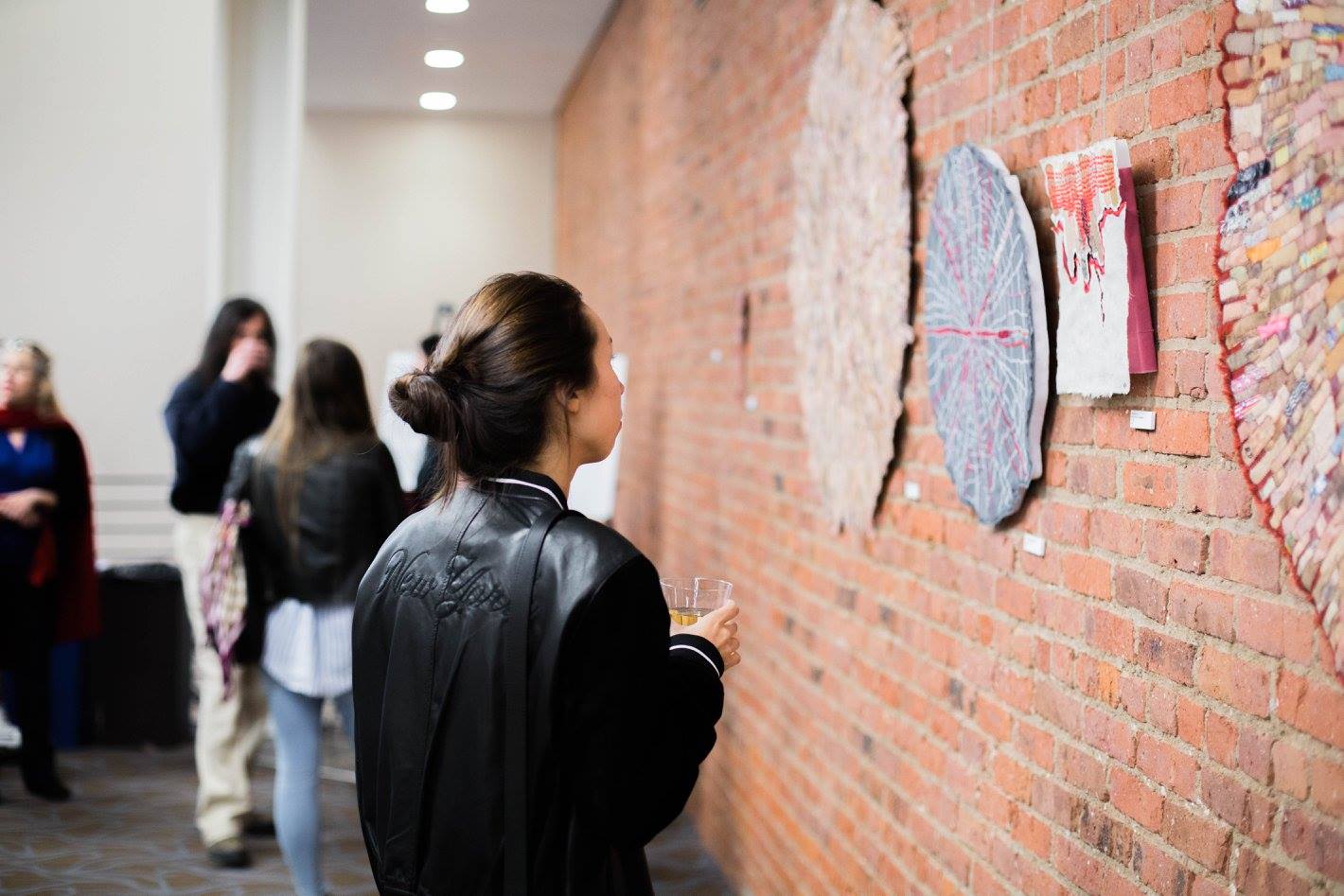
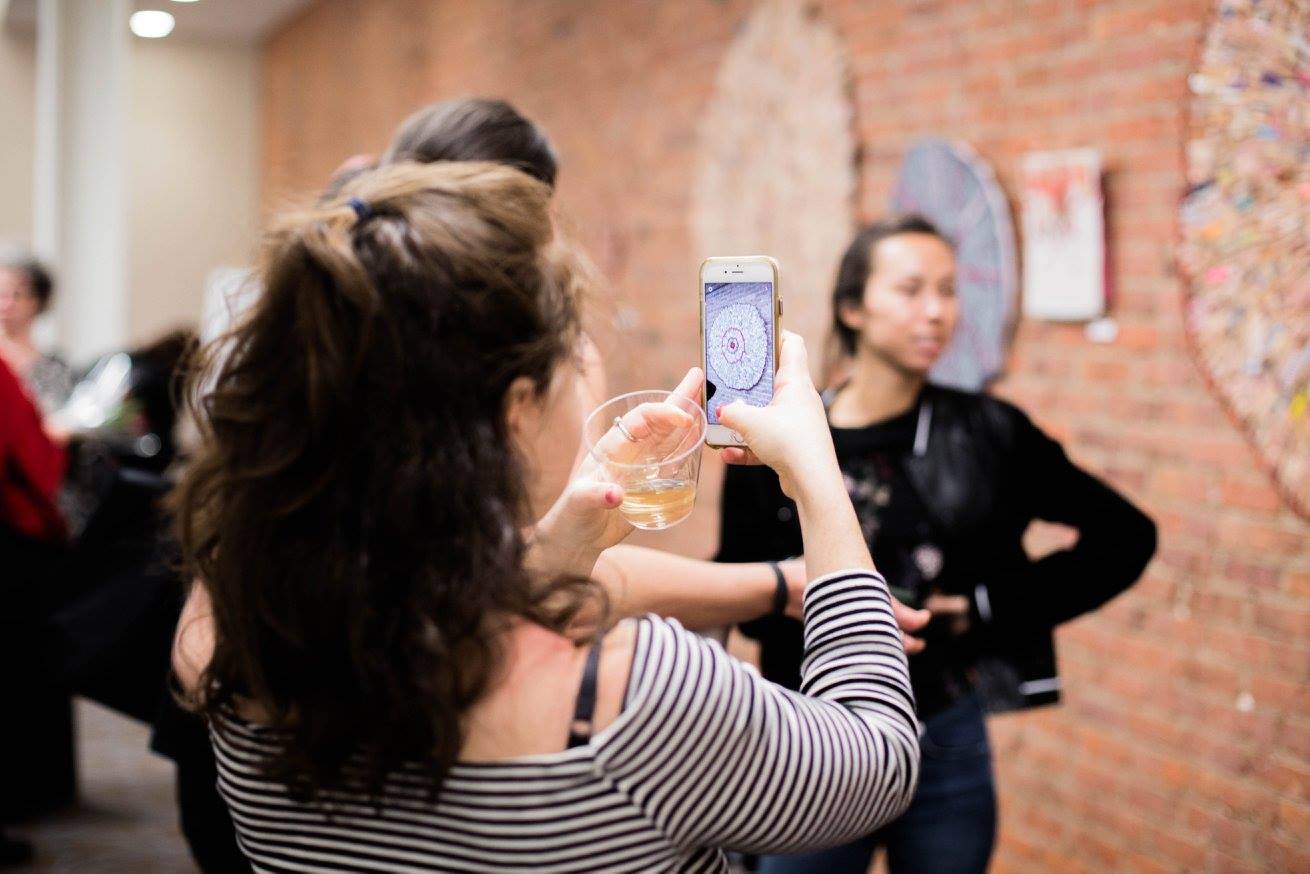

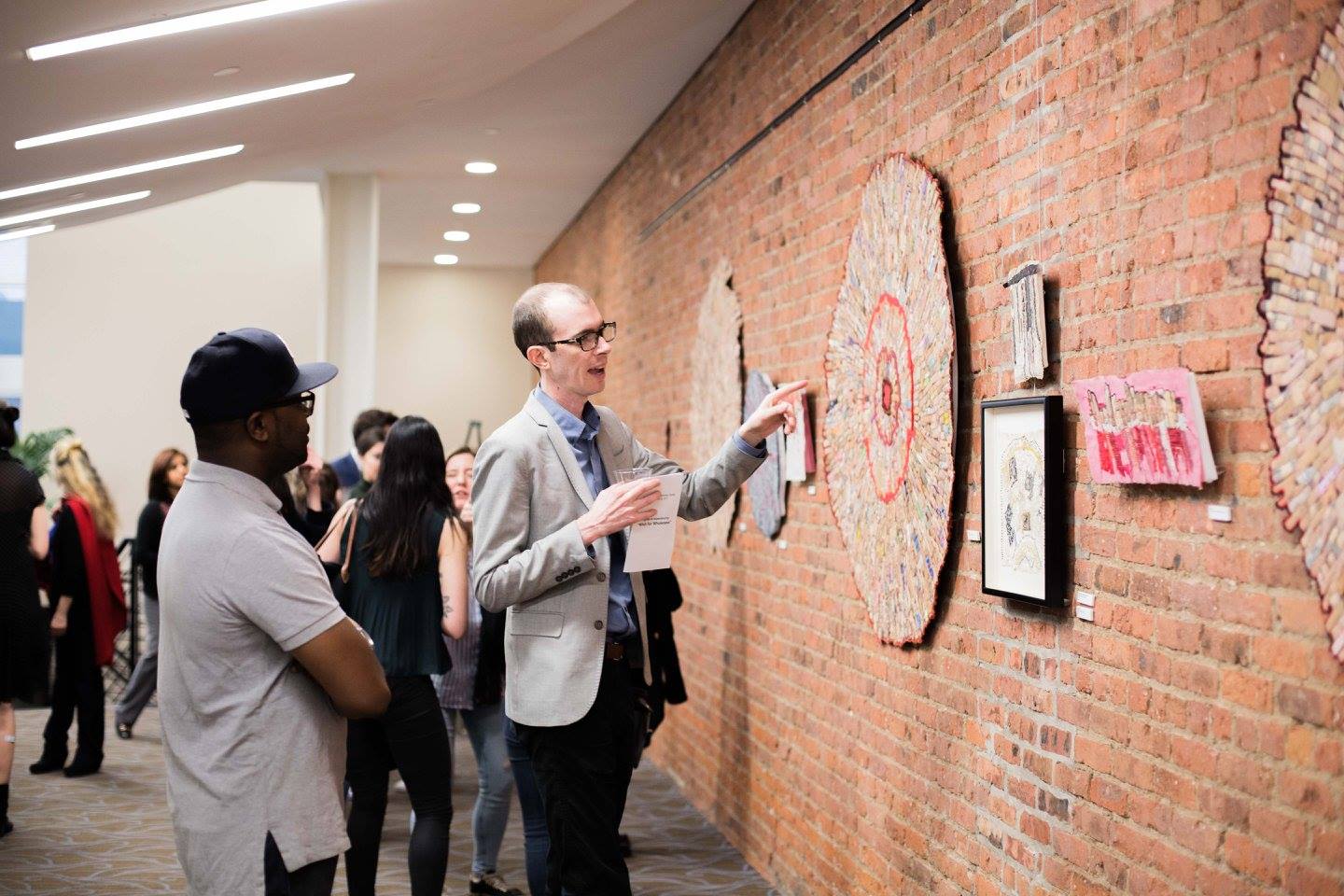
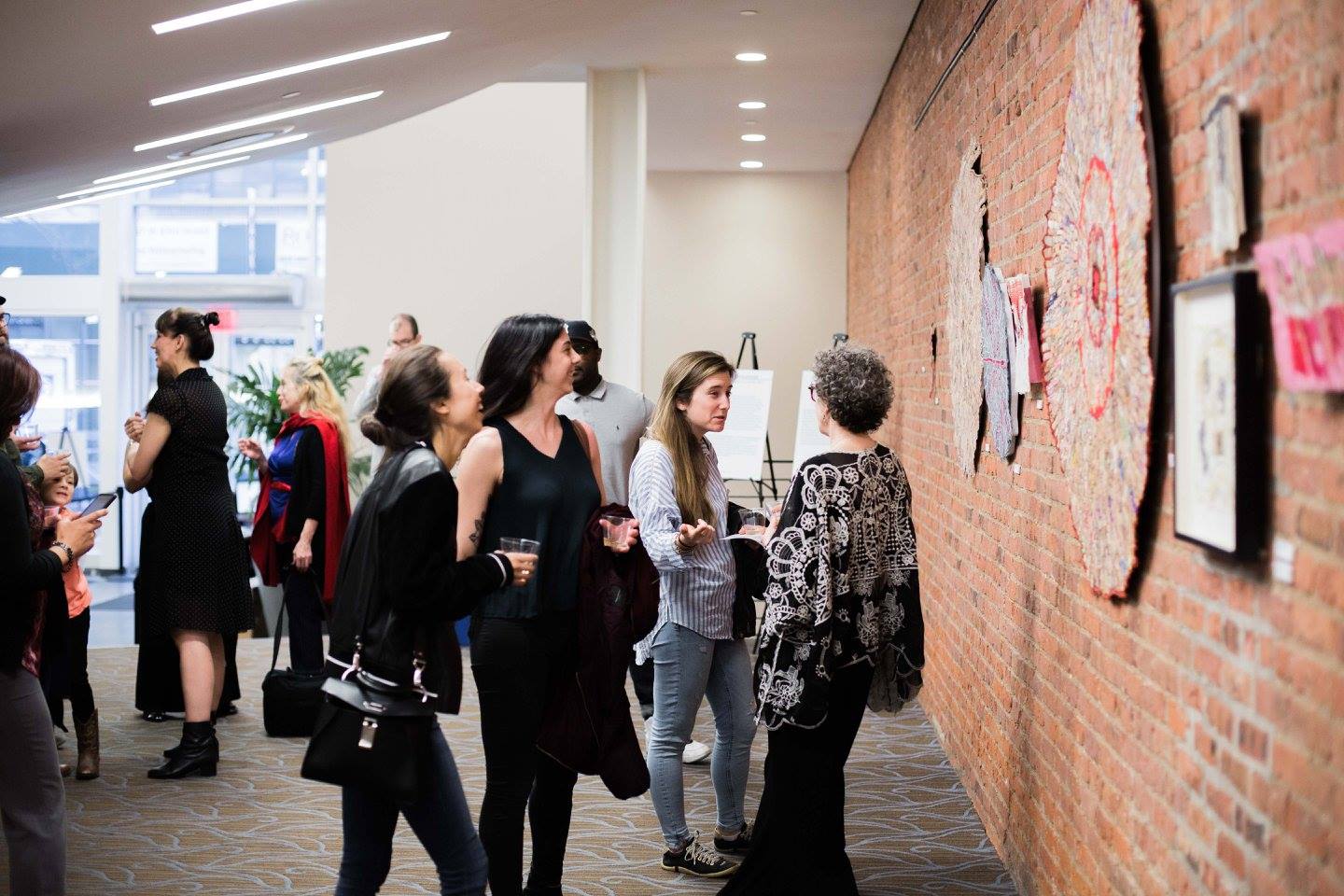



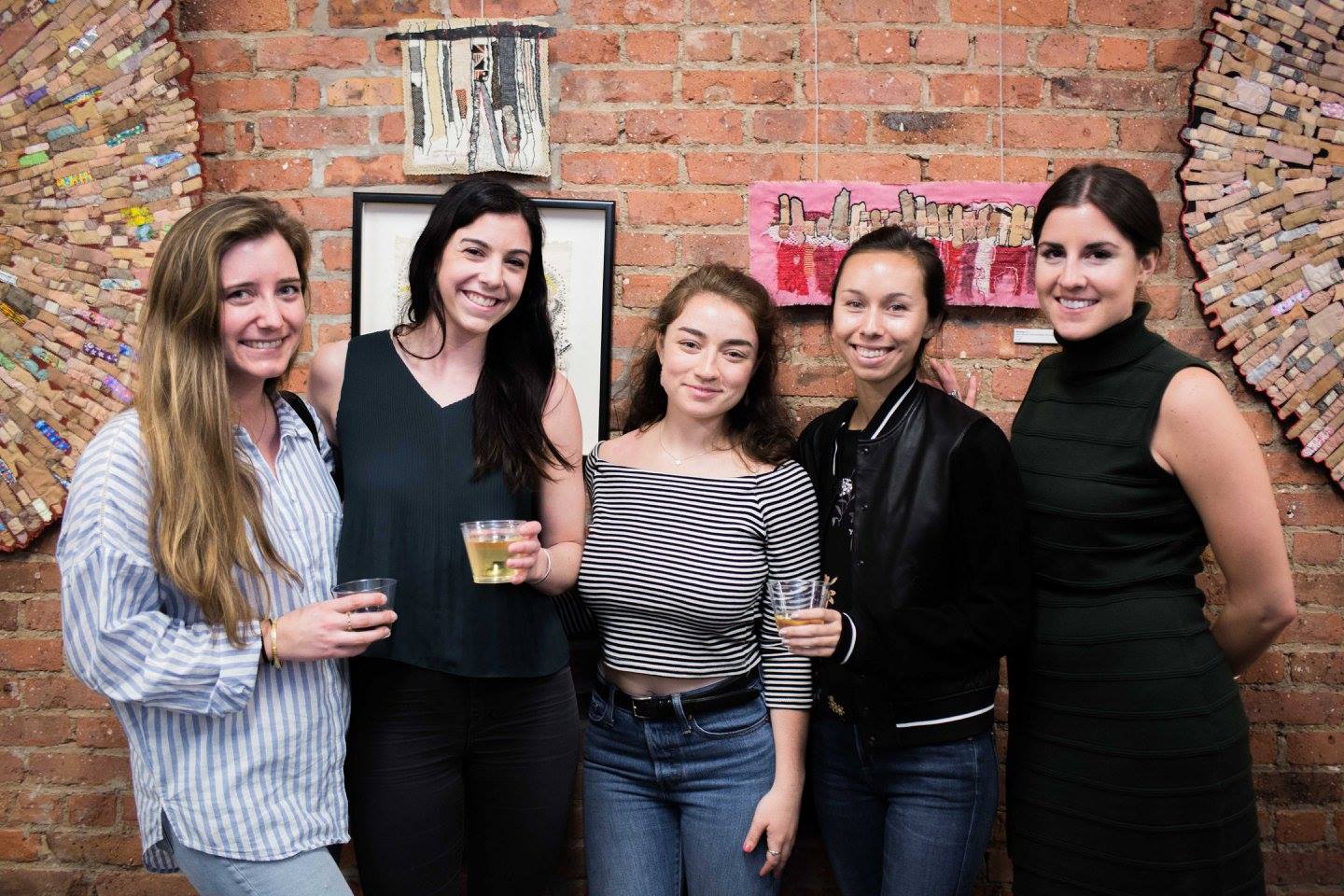
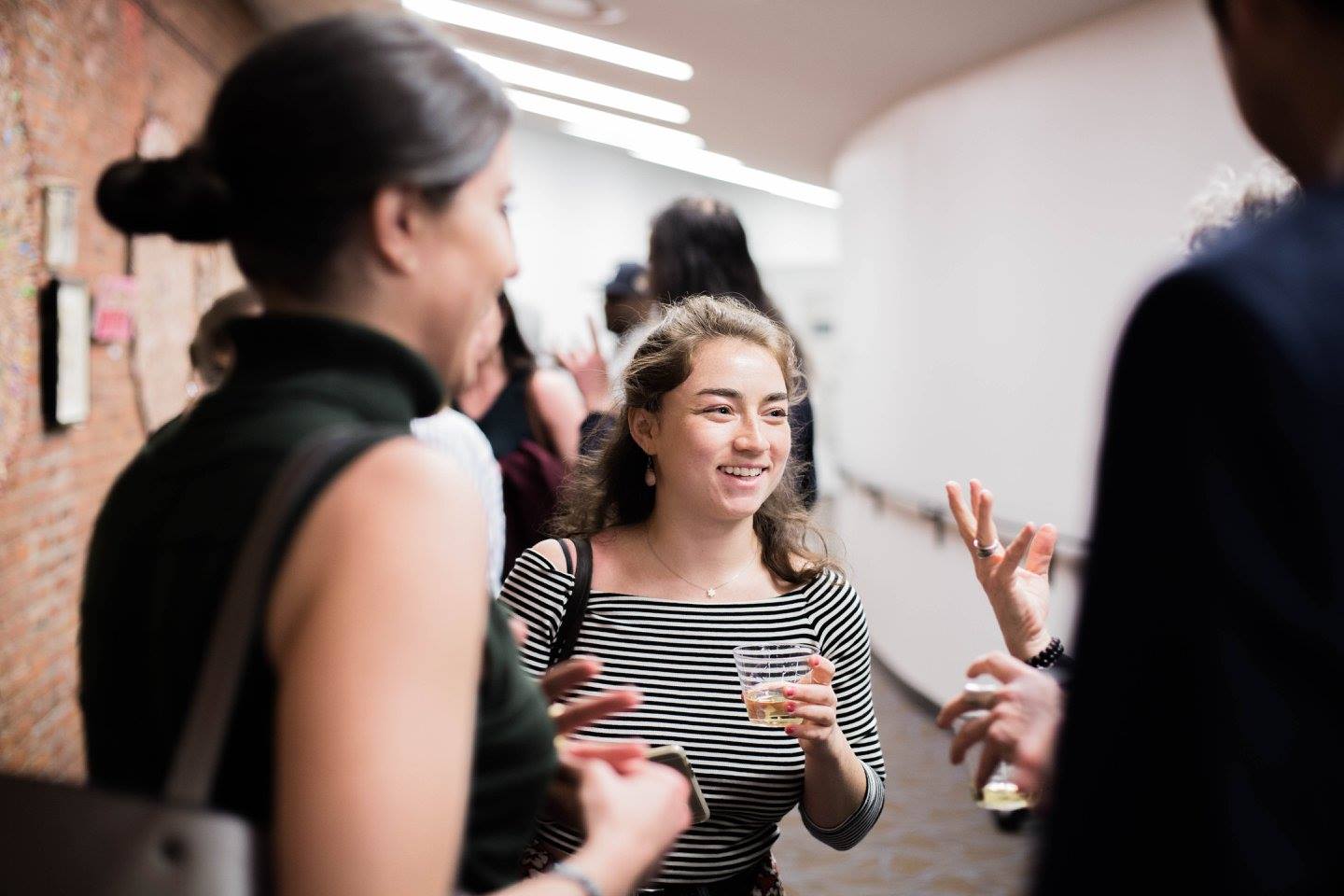
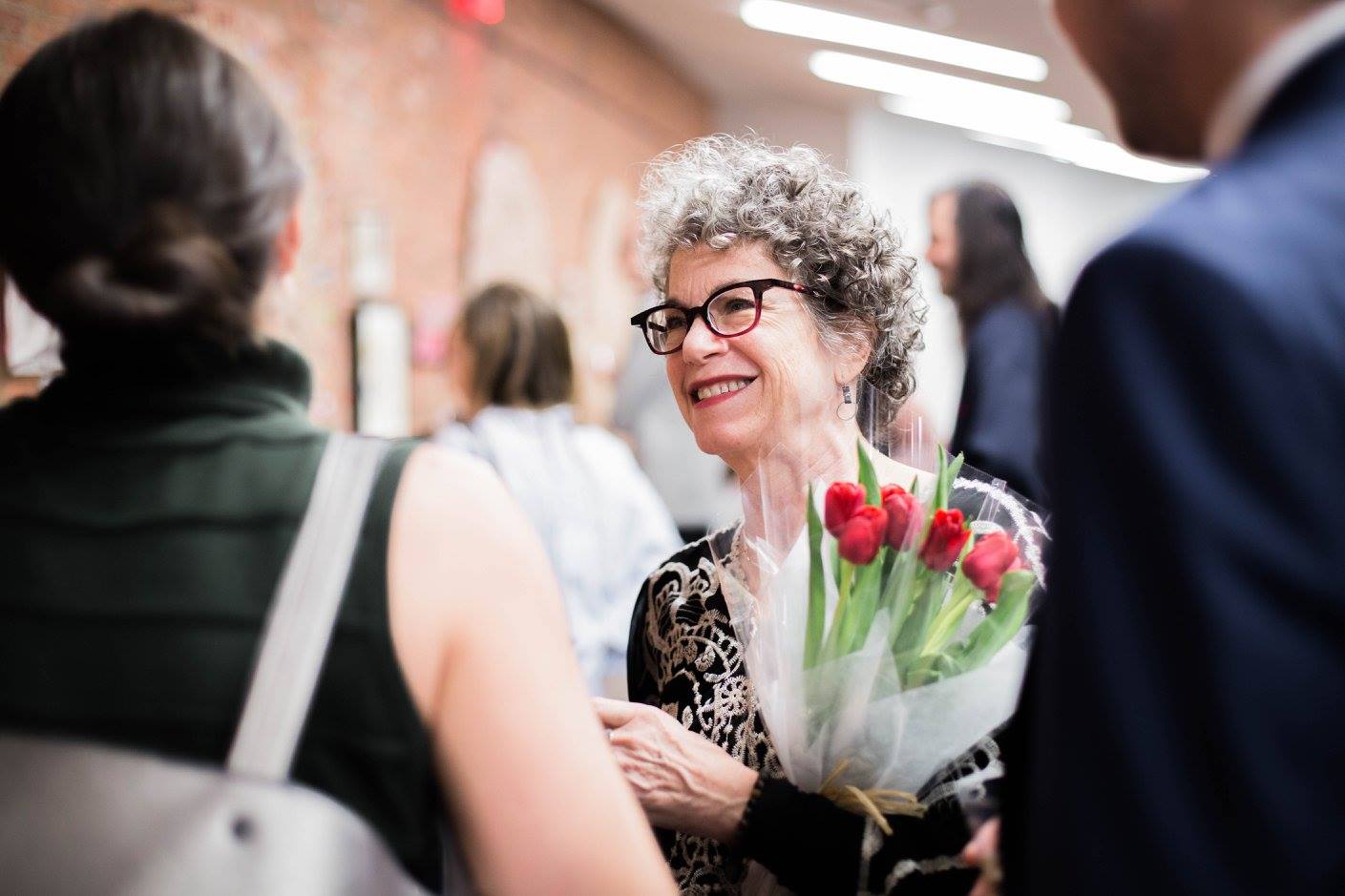
Photos Brittany Buongiorno
Curated by Christina Young
About the Artist:
Beth Barron, a self-taught embroidery artist, has taken workshops with many well-respected artists such as Joyce Scott, Barbara Lee Smith, Bhakti Zeik and Erica Carter. David McFadden, former curator of The Museum of Arts and Design (MAD), has shown Barron’s work in his “Artists to Watch Out For” lecture series and MAD owns one of her first Band-Aid pieces. In October 2015, she spent a month at the Vermont Studio Center where she had the opportunity to work in the studio around the clock. The experience was transformational and has reenergized her desire to express her concern for the people and the condition of the planet, especially during these challenging and upsetting political times. She and twenty-nine other artists live and work in an old shoe warehouse turned artist co-op in St. Paul, Minnesota.






